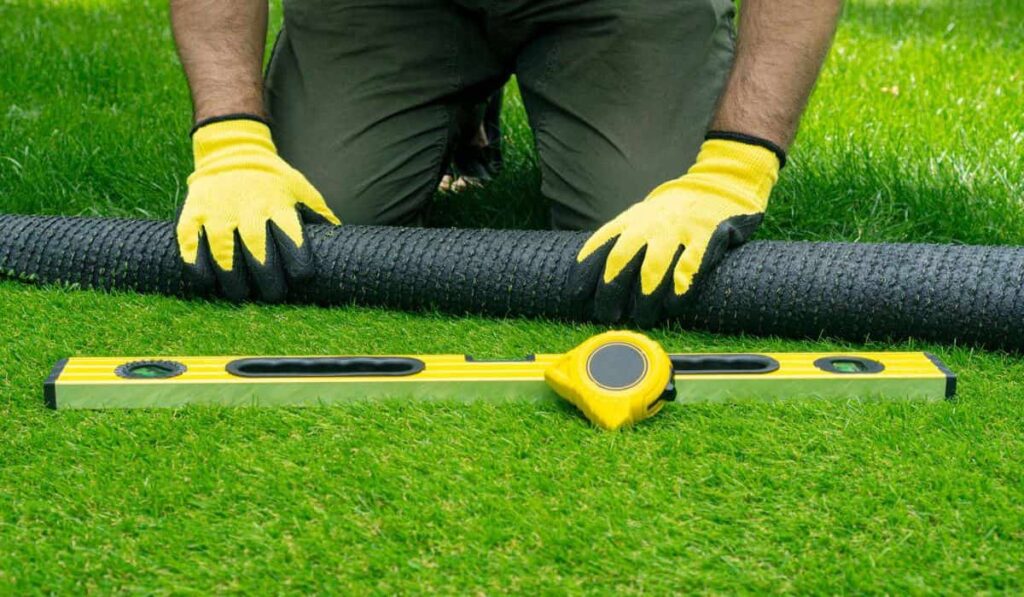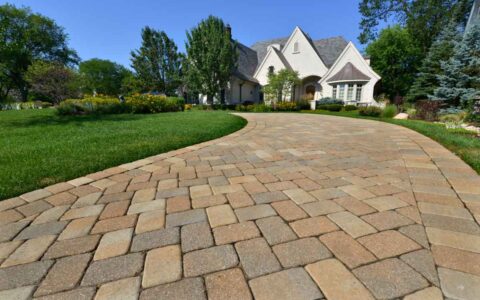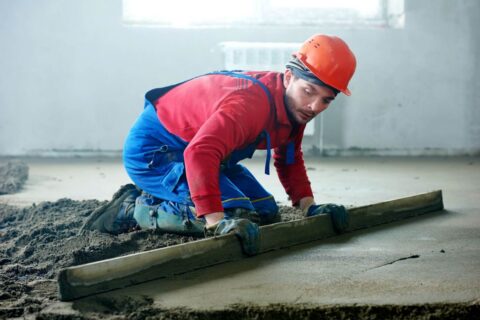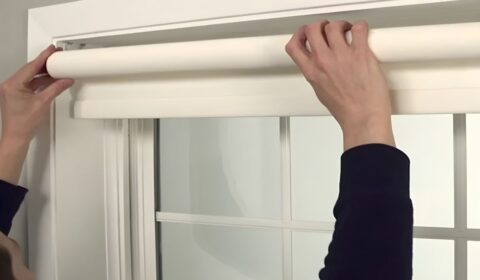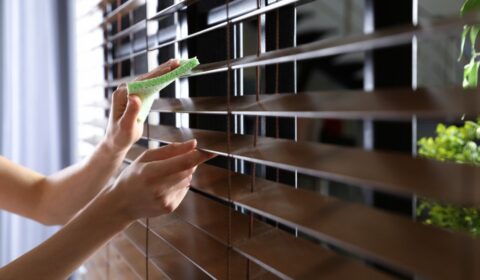Installing artificial grass involves four key steps:
- Prepare the Surface: Remove any existing grass, weeds, or debris. Add a weed membrane to the soil; clean and repair cracks in the concrete.
- Create a Stable Base: Add and compact a base layer (sharp sand or crushed stone) for even ground.
- Lay and Secure the Grass: Roll out the artificial grass, let it settle, trim the edges, and secure it with adhesive, stakes, or joining tape.
- Brush and Add Infill: Spread kiln-dried sand for stability and brush the fibres upright for a natural look.
These steps ensure a durable, low-maintenance, and visually appealing artificial lawn.
Artificial grass has gained immense popularity as a low-maintenance and visually appealing alternative to natural turf. Synthetic grass can transform any space by enhancing your garden, covering a concrete surface, or creating a pet-friendly environment. This guide will explore the step-by-step process of installing artificial grass on various surfaces, ensuring a professional finish and long-lasting results.
Benefits of Installing Artificial Grass
Before delving into the installation process, let’s highlight the advantages of artificial grass:
- Low Maintenance: No need for mowing, watering, or fertilising.
- Durability: Withstands heavy foot traffic and adverse weather conditions.
- Pet-Friendly: Ideal for dogs and other pets, reducing muddy paws and mess.
- Aesthetic Appeal: Provides a lush green look throughout the year.
- Eco-Friendly: Reduces water consumption and eliminates the need for pesticides.
Now, let’s explore how to install artificial grass on different surfaces.
Tools and Materials Needed
Before starting the installation process, gather the following materials:
- Artificial grass rolls
- Sharp utility knife
- Adhesive or turf glue
- Joining tape
- Weed membrane
- Kiln-dried sand or shock pad (for cushioning)
- Broom or power brush
- Measuring tape
- Landscape stakes or adhesive (depending on surface type)
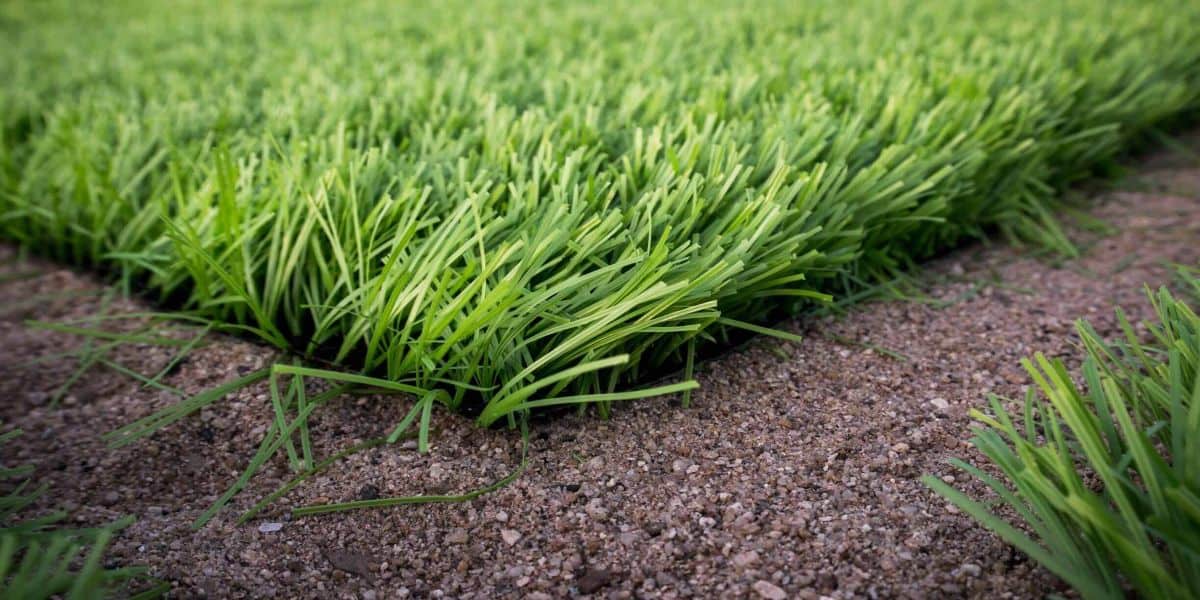
How to Install Artificial Grass on Soil
Installing artificial grass on soil requires proper ground preparation to ensure longevity and stability.
Step 1: Prepare the Ground
- Remove existing grass, weeds, and debris.
- Dig up the soil to a depth of 5-7cm (2-3 inches) to allow room for the base material.
- Install a weed membrane to prevent weed growth.
Step 2: Add a Base Layer
- Fill the excavated area with a layer of crushed stone or granite dust.
- Compact the base using a tamper or vibrating plate.
- Ensure the surface is even and slopes slightly for drainage.
Step 3: Lay the Artificial Grass
- Roll out the artificial grass and let it settle for a few hours.
- Trim the edges using a sharp knife to fit the area precisely.
- Secure the grass using landscape stakes or adhesive.
Step 4: Add Sand Infill and Brush the Grass
- Spread kiln-dried sand evenly across the grass.
- Brush the grass with a power brush to make the fibres stand upright.
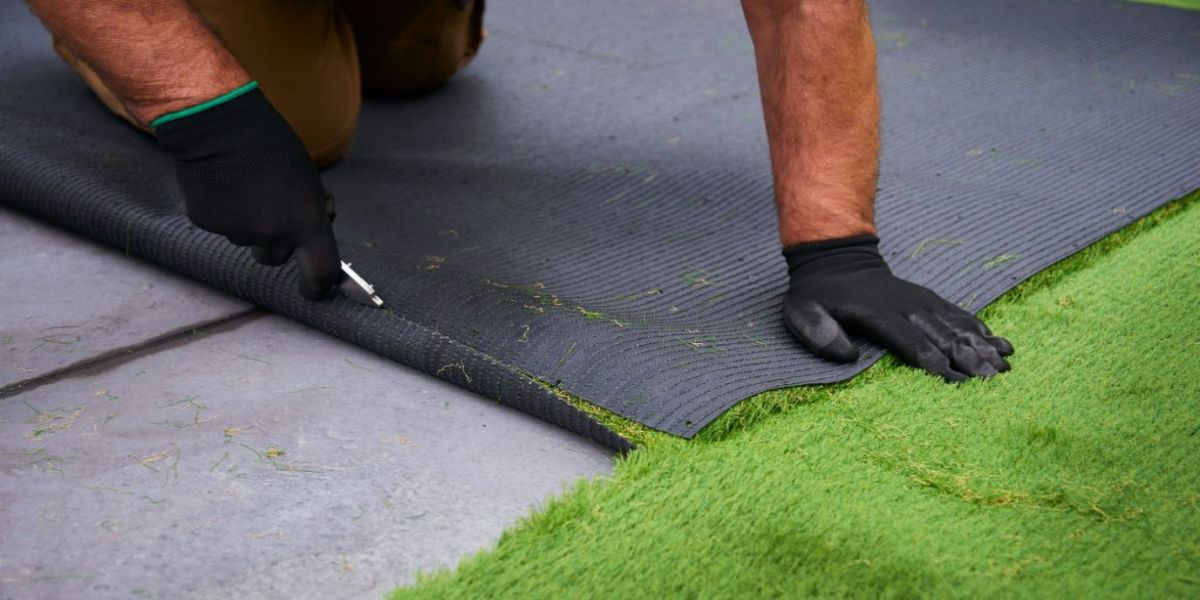
How to Install Artificial Grass on Concrete
Artificial grass can create a soft and vibrant surface if you have a concrete patio or terrace.
Step 1: Clean and Prepare the Surface
- Remove debris, dirt, and any loose materials.
- Check for cracks and repair them with a suitable concrete filler.
Step 2: Apply Adhesive or Shock Pad
- If a softer feel is desired, install a shock pad for cushioning.
- Spread the adhesive evenly on the concrete surface.
Step 3: Lay and Secure the Grass
- Roll out the artificial grass, ensuring it fits the area properly.
- Press it firmly into the adhesive and smooth out any wrinkles.
- Allow the adhesive to dry completely before use.
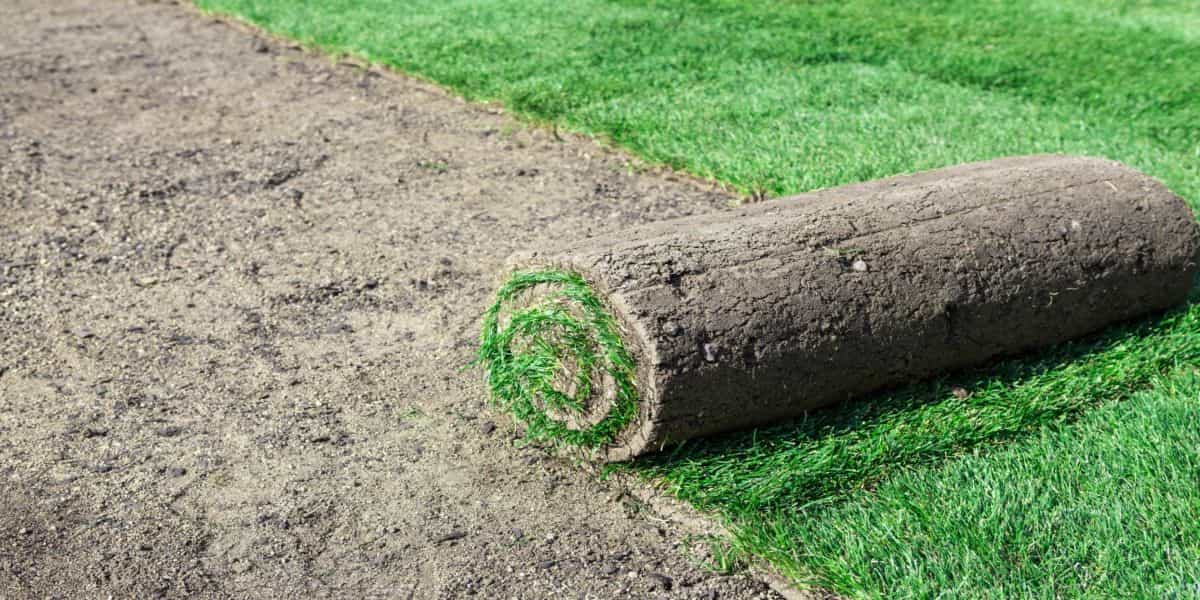
How to Install Artificial Grass on Sand
Installing artificial grass on sand is similar to the soil method but requires extra compaction.
- Remove debris and level the surface.
- Install a weed membrane for extra protection.
- Spread and compact a layer of sharp sand.
- Lay the artificial grass and secure it with stakes or adhesive.
- Brush the grass fibres upright and apply sand infill if necessary.
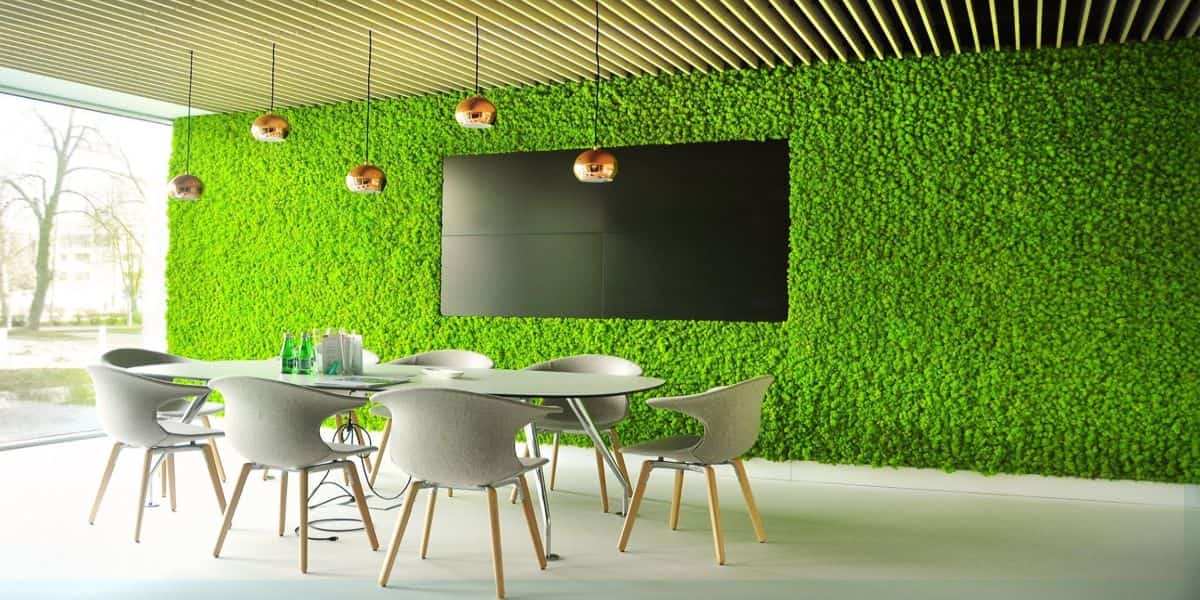
How to Install Artificial Grass on a Wall
Artificial grass walls are becoming popular for indoor and outdoor aesthetics.
- Measure the wall area accurately.
- Apply a strong adhesive or use a framework for mounting.
- Attach the artificial grass securely, ensuring no loose edges.
- Trim excess grass and ensure uniform application.
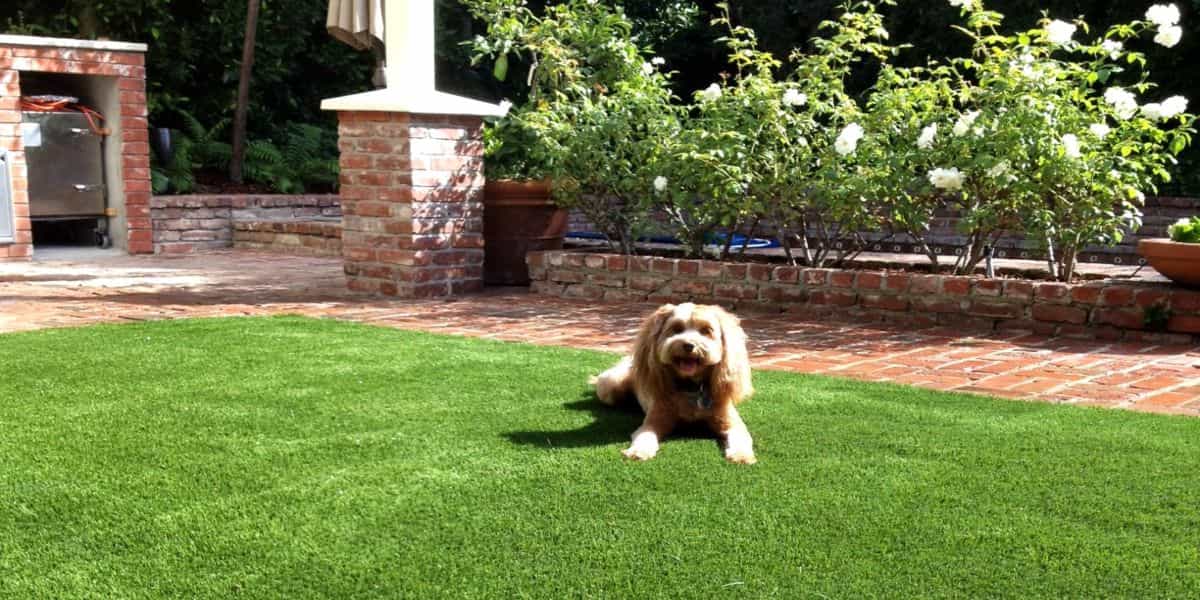
How to Install Artificial Grass for Dogs
To create a pet-friendly space, follow these steps:
- Install a drainage layer under the grass.
- Use pet-friendly infill like silica sand to reduce odours.
- Secure the edges to prevent lifting.
- Clean regularly with pet-safe disinfectant.
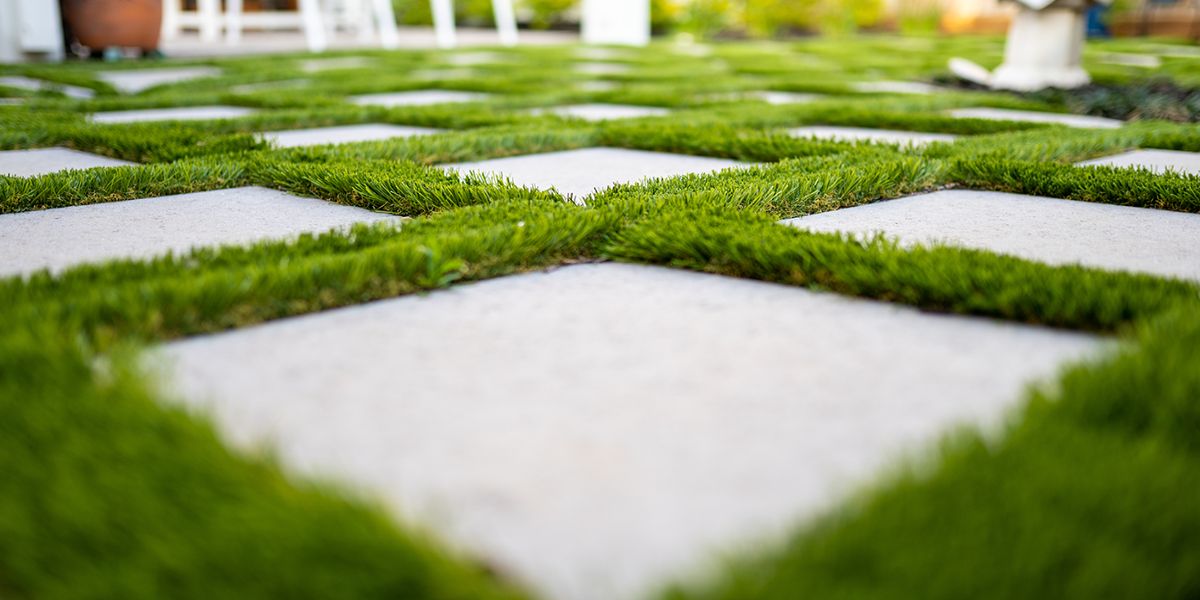
How to Install Artificial Grass Strips Between Pavers
Artificial grass between pavers adds a sleek, modern touch to landscapes.
- Measure and cut the grass strips to fit between the pavers.
- Apply adhesive or secure with stakes.
- Press the grass firmly and brush it to blend with the surroundings.
Maintenance Tips for Artificial Grass
- Regular Brushing: Keeps fibres upright and prevents matting.
- Occasional Rinsing: Removes dust and pet odours.
- Leaf Blowing: Prevents debris accumulation.
- Annual Sand Infill Replacement: Enhances longevity.
Conclusion
Installing artificial grass is a fantastic way to achieve a lush, green, and low-maintenance lawn in any setting. Whether you cover soil, concrete, sand, or even walls, following the right installation steps ensures durability and a professional finish. With minimal upkeep, artificial grass provides a long-lasting and aesthetically pleasing solution for gardens, patios, pet areas, and decorative features. Investing in quality materials and proper installation techniques allows you to enjoy a beautiful and hassle-free lawn for years to come.
Following these installation methods can achieve a seamless and professional artificial grass set-up. Synthetic grass offers a versatile and durable solution for various surfaces, whether enhancing a garden, creating a pet area, or upgrading outdoor aesthetics.
Read More Blogs At: The Home Designer
Frequently Asked Questions
Is artificial grass safe for pets?
Absolutely! Artificial grass designed for pets is non-toxic, easy to clean, and provides a soft surface for play.
Does artificial grass require drainage?
Yes, proper drainage is crucial to prevent water pooling and maintain durability.
Can artificial grass be installed on sloped areas?
Yes, but it requires secure fastening and proper base preparation to prevent shifting.
How long does artificial grass last?
High-quality artificial grass can last 15-20 years with proper maintenance.

